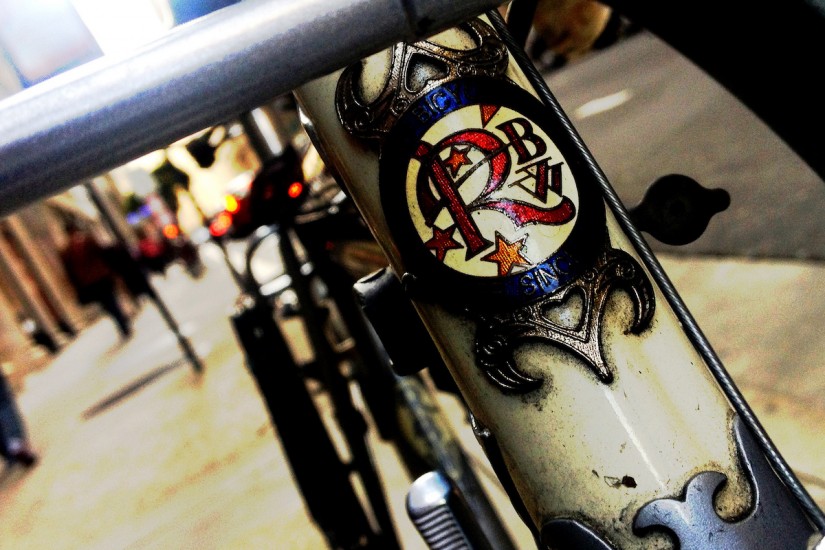Though the headbadge’s debut is a bit murky, its heyday aligned with the bicycling boom of the late 19th century, when hundreds of new bike companies popped up across the developed world to satisfy demand for the so-called safety bicycle. “Around the late 19th and early 20th centuries, in Europe and the United States, even small towns had their own bicycle manufacturers,” Conner explains. “French and Belgian badges often had their town’s name on them, but small bike businesses were scattered all over the place.” As competition increased, headbadges were adopted to give brands a unique identity and build customer loyalty.
In 1898, due to problems with oversupply and competitive pricing in the American bike market, dozens of manufacturers joined together to form a giant trust called the American Bicycle Company (ABC). Although ABC failed a few years later, other successful companies like Pope, Schwinn, and Raleigh followed its lead and bought up hundreds of small bicycle brands. “There was a tremendous consolidation in the 20th century, similar to the car industry,” Conner says.
As mom-and-pop bike shops were absorbed into larger conglomerates, the branded headbadge became even more important, offering manufacturers a way to differentiate their bikes from each other and also to brand unique models within their own product lines. “For example,” Conner continues, “by the 1950s, Raleigh had taken over most of the British bike industry, buying up nearly everyone else. But they kept using the headbadges for companies that they bought—Rudge, Phillips, and so on. Raleigh still sold those bikes using their original brand badges, while Raleigh-branded bikes almost all used a version of its classic heron badge.”
